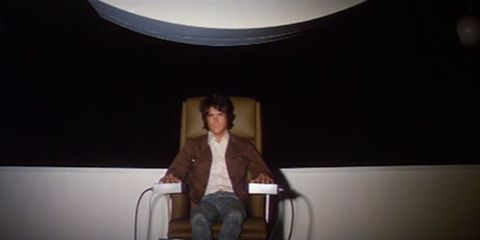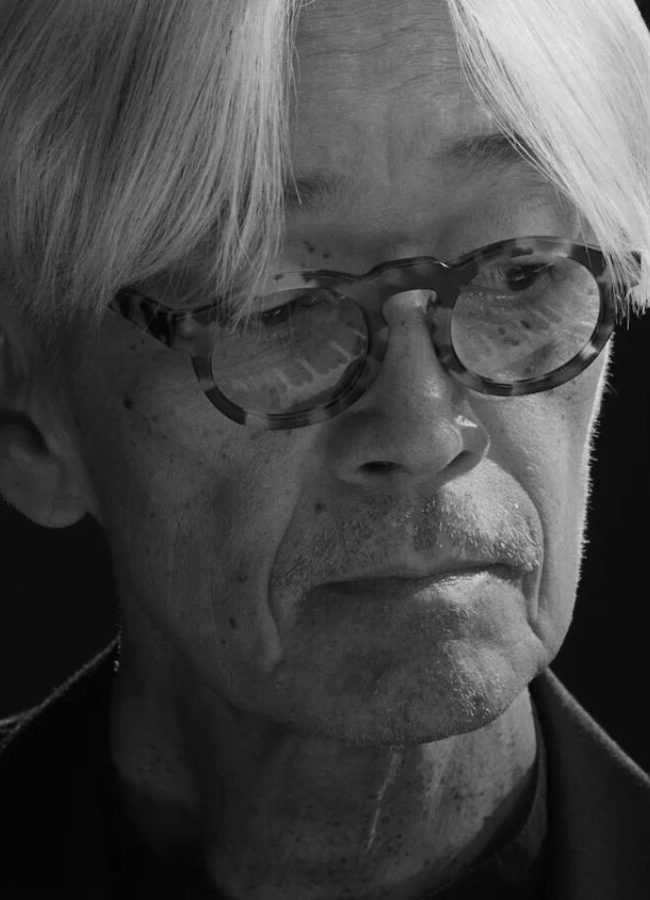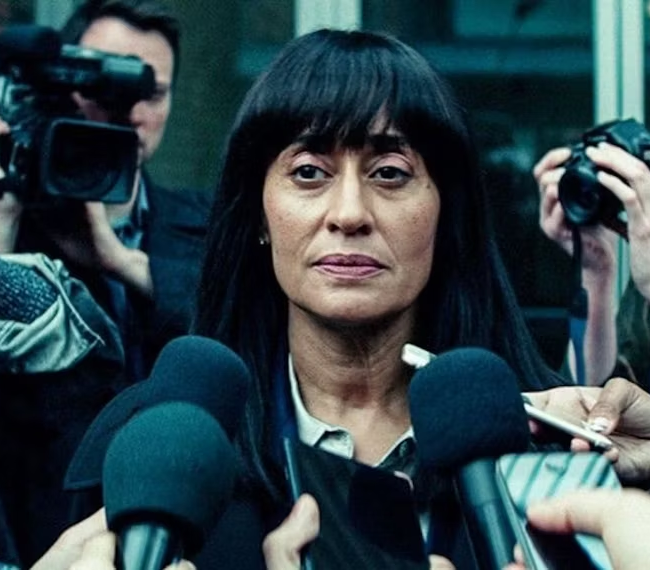THE CURBSIDE CRITERION: THE PARALLAX VIEW

(We here at Hammer to Nail are all about true independent cinema. But we also have to tip our hat to the great films of yesteryear that continue to inspire filmmakers and cinephiles alike hence, “The Curbside Criterion.” This week Don R. Lewis takes a peek into the new Blu-Ray release of The Parallax View, the centerpiece to Alan J. Pakula’s “paranoia trilogy.”)
I often wonder why there aren’t any more political paranoia thriller movies these days. Ironically, the Marvel Cinematic Universe movies with their HYDRA subplots qualify but the political realm is so intense worldwide, you’d think this would be a subgenre ripe for a new look. But maybe on the other hand, things are already so incredibly fraught, tense and bonkers, the truth of the world might be stranger than fiction. All of this is a roundabout way to introduce the new Criterion Blu-ray of Alan J. Pakula’s wonderful and weird political conspiracy thriller The Parallax View (1974).
The first time I saw the film was about a decade ago on a whim. I had been in love with Pakula’s All the President’s Men and this was a natural next step. I was in no way prepared for how strange and affecting The Parallax View was and remains. The film starts off at a political rally in Seattle which honestly still never made sense to me as to why, seeing as the film soon moves on to Los Angeles where it mostly remains set. Yet leave it to the fine folks at Criterion to suss out the reasoning via one of the discs extras, an interview with Paukla from 1995 where he draws attention to a shot of a totem pole that slowly moves over to reveal the Space Needle behind it. Pakula felt this shot easily shows 2000 years of progress – from the hand carved totem to the man-made structure – in mere seconds. It’s an astute shot and observation and the films cinematographer, the great Gordon Willis also draws attention to it in his interview that is included on the disc by also pointing out the Space Needle is a great representation of the frivolity of man, seeing as the structure really is kind of pointless.
The Parallax View tells the story of a reporter named Joe Frady, played by Warren Beatty in one of his great shaggy rapscallion roles of the 70s. He’s pushy and rude, tough and dogged, stopping at nothing to get his story. Why he’s at the Seattle rally is never really explained but no sooner has he been denied access to a swank party atop the Space Needle when the Senator the soiree is for is assassinated in excellent cinematic fashion and, in broad daylight. The assassin escapes to the roof before falling to his death. Case closed, or so says a 7-member chamber of old white men as the film’s title card rises onscreen.
Next, we’re back in Los Angeles a few years later where Frady continually grinds on his boss, classic newspaperman Bill Rintels (Hume Cronyn) by utilizing the aforementioned personality traits that make him a great reporter and a royal pain in the ass. Rintels knocks Frady down a peg by assigning him coverage of a mundane local political meeting but no sooner has Frady sulked off then he’s visited by former flame Lee Carter (Paula Prentiss) who has worn out her welcome with Frady who is also quite the cad (again, in classic 70s Beatty style) with her increasingly desperate moves to get him back.
Carter was at the Space Needle assassination and is frightened to find that a pretty large number of other people who were there have recently died under strange circumstances. She thinks she could be next. Frady gaslights her and sends her on her way. When we next see her, she’s dead, stuffed full of alcohol and pills, another strange death. Off we go into a modern day Kafka-esque tale of political intrigue, paranoia and suspense that utilizes aspects of several fairly recent political assassinations to make it’s own way. The Parallax View is also a really, really weird movie in more ways than one which again, is where the Criterion release comes in handy.
The film has always had a strange kind of detached, ambling feeling to it which is odd considering the machinations going on behind the scenes. In the aforementioned interviews with Pakula and Willis we learn that the script for The Parallax View wasn’t really done and, due to a Screen Writers Guild strike, it wouldn’t be worked on in time for the filming to start. So, armed with a half-baked script and probably the biggest male star at the time in Beatty, production launched and much of the story had to be made up alone the way. Revelations like this are sort of jaw dropping when you stop to realize that not only was a feature film made with barely a script (Beatty, Pakula and Willis often decided each morning what to shoot!), it’s also a pretty damn good movie.
Obviously the centerpiece of The Parallax View is a truly unsettling film montage that Frady is forced to watch as he’s gone undercover as a wannabe assassin. The montage is designed to test his reaction to a series of images and words and as he watches is shown in full frame to the audience, as if we were Frady and the affect is chilling. In it, we see words flash onscreen like LOVE, MOTHER, FATHER, GOD, ENEMY and HAPPINESS. They flash at random intervals and are bookended by images of children, death, wars, mothers and the American flag. There’s also an earnest song playing in the background that also becomes downright creepy as the montage goes on. The Criterion essay (here, written by critic Nathan Heller) that accompanies this and every other film is created to look like the written test Frady (and other potential killers) takes as well as the words that flash in the montage.
The Parallax View holds up well in our current age, maybe too well as real life conspiracies from the Trump presidency continue to come to light and more insane political theories abound as ever before. The film looks fantastic and to say that about a Criterion Blu-ray is almost as ubiquitous as saying “sadly prescient” when it comes to almost every cautionary tale from decades ago. Yet The Parallax View (1974) is also an engaging, funny and suspenseful film that sits squarely in the middle of Pakula’s excellent “paranoia trilogy” that kicked off with Klute (1971) and ended with All the President’s Men (1976).
Like what you see here on Hammer to Nail? Why not pay just $1.00 per month to help keep us going?
– Don R. Lewis (@ThatDonLewis)











